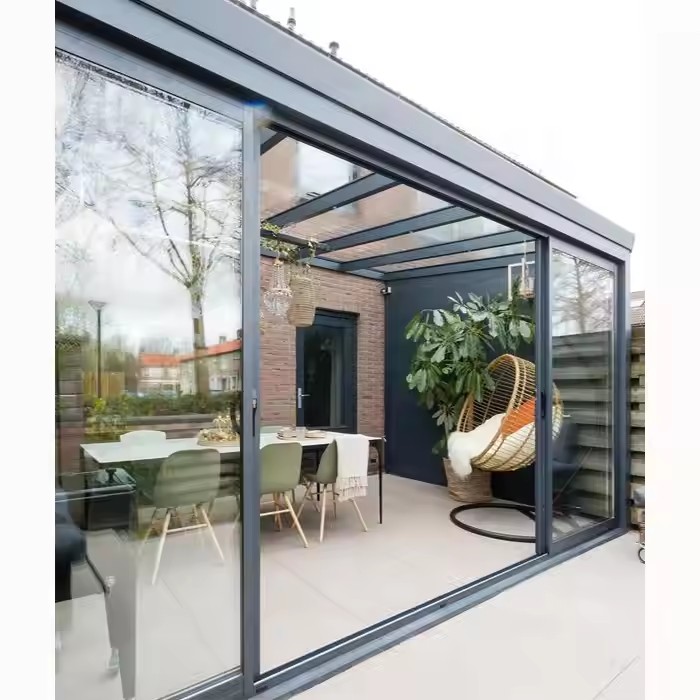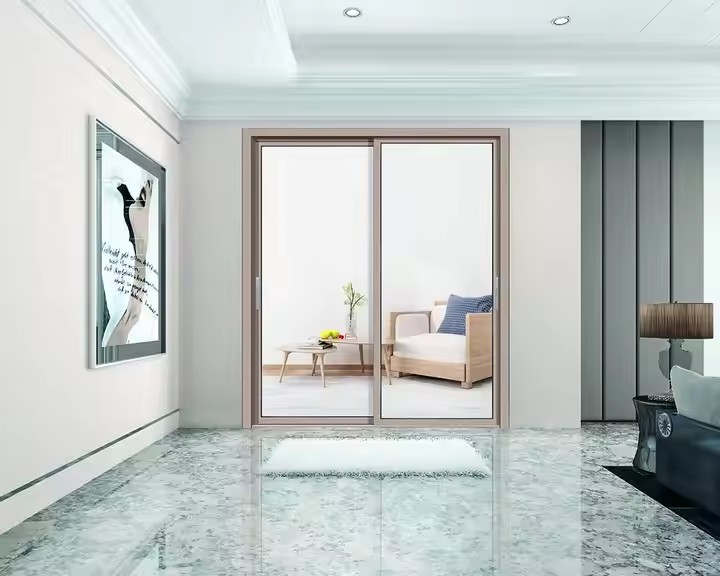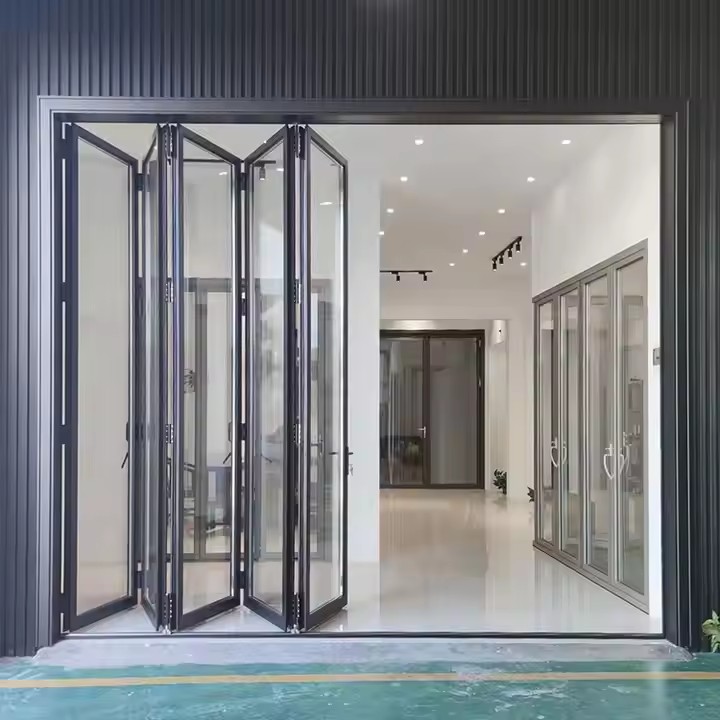1) Brand Showrooms / Service Centres
Form & Function: Located in major cities such as Sydney and Melbourne, showcasing system windows/doors, hardware, and installation methods. They also provide measurement, product selection, local installation, and after-sales service. Many brands maintain local warehouses and phased delivery to match builder timelines.
Typical Setup: Real-life window/door models, profile cross-sections, glass/hardware samples, and mock wall installations to allow intuitive comparison of opening styles, airtightness, and sound insulation.
Target Customers: Retail renovations and small-to-medium builder projects, emphasizing a “see and touch” experience with localized service.
2) Display Homes / Model Homes
Operation Mechanism: In partnership with developers/builders, door and window systems are showcased in new display homes, allowing customers to experience them under real lighting and scale before making purchase decisions.
Value: Drives bulk purchasing and word-of-mouth, shortening the decision-making process.

Applicable Scenarios: Residential developments and self-build housing.
3) Building Material Stores & Dealer Networks
National Chains: Bunnings, Mitre 10, etc., offering standardized windows/doors with basic installation—suited for DIY and small-scale renovations, with transparent pricing and convenient pickup.
Specialized Markets/Dealers: For example, Hume Building Supplies, Sydney Building Supplies, etc., serving builders and engineering clients with bulk pricing and customized configurations.
Channel Strategy: Standardized products go through retail chains; customized/bulk orders go through specialized dealers or direct supply, forming complementary channels.
4) Direct Supply for Projects & Partnerships
Service Chain: Serving developers, builders, and commercial projects with customized window types, Australian standard certifications (AS2047, AS1288), energy efficiency compliance (WERS), and one-stop delivery (including shipping, customs clearance, installation).
Execution Essentials: Local showroom + warehouse + installation team to support phased delivery and on-site cooperation, ensuring compliance and project timelines.
Applicable Projects: Multi-residential, commercial, and public projects.
5) Industry Exhibitions & Trade Shows
Examples: Home Show, Build Expo, etc., where new products and system solutions are showcased, connecting with builders, designers, and dealers.
Value: Lead generation, brand exposure, and on-site contracts, helping brands enter local networks.
Recommended Approach: Bring Australian standard reports and case studies to improve on-site decision-making efficiency.
6) Word-of-Mouth & Local Promotion
Trust Logic: Personal recommendations are highly valued in Australia. Brands gain reach through community events, builder/designer circles, and local advertising.
Execution Tactics: Local promotions around stores, builder night events, designer gatherings, and warranty commitments to form a closed loop of “experience → reputation → repeat purchase.”
Applicable Stage: Regional market penetration and early-stage brand building.
7) Local Installation & After-Sales Network
Service Loop: Many brands extend beyond showrooms with local installation and after-sales teams, offering warranties and long-term maintenance to build trust and repeat business.
Capability Requirements: Familiarity with Australian installation processes and standards, able to coordinate on-site adjustments and energy efficiency reporting.
How to Choose
For Retail/Renovation: Prioritize brand showrooms and material stores for easy comparison of configurations and pricing, with local installation and after-sales included.

For Projects/Builders: Connect with brands that have local showroom + warehouse + installation capacity, or build partnerships through display homes and trade shows to ensure certification, energy efficiency, and schedule alignment.
For Channels/Agents: Evaluate a brand’s showroom coverage, supply chain, and local service capabilities, while leveraging trade shows and display home resources to plan marketing and inventory strategies.
Compliance & Regional Differences
Compliance First: Entry into the Australian market requires meeting standards such as AS2047, AS1288, and WERS, with verifiable test reports and certificates.
Climate Variations: Northern tropical regions emphasize insulation and ventilation, while southern temperate regions focus on heat retention and airtightness. Product selection must align with regional energy performance targets.
Trends & Optimization Directions
Systemization & Experience: Moving from “single-product sales” to “system solutions + installation demonstrations,” with verifiable parameters (U-value, SHGC, airtightness) to strengthen persuasion.
Localized Fulfillment: The model of “local showroom + warehouse + installation + after-sales” has become a core competitive edge, supporting full project lifecycle cooperation.
Engineering Approach: Centered on compliance, energy efficiency, and project schedules, offering “customized windows + phased delivery + on-site support” to maximize builder satisfaction.

